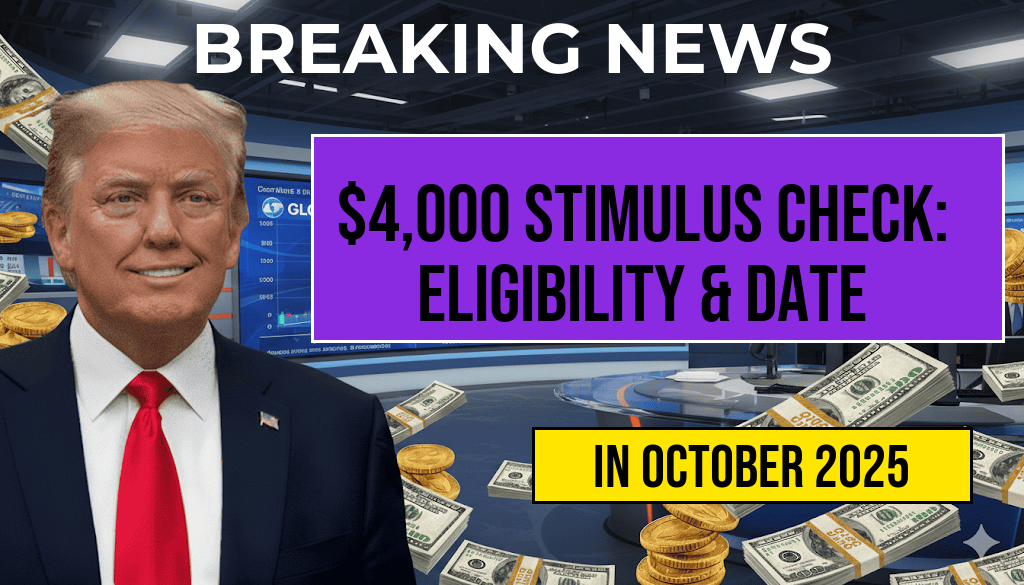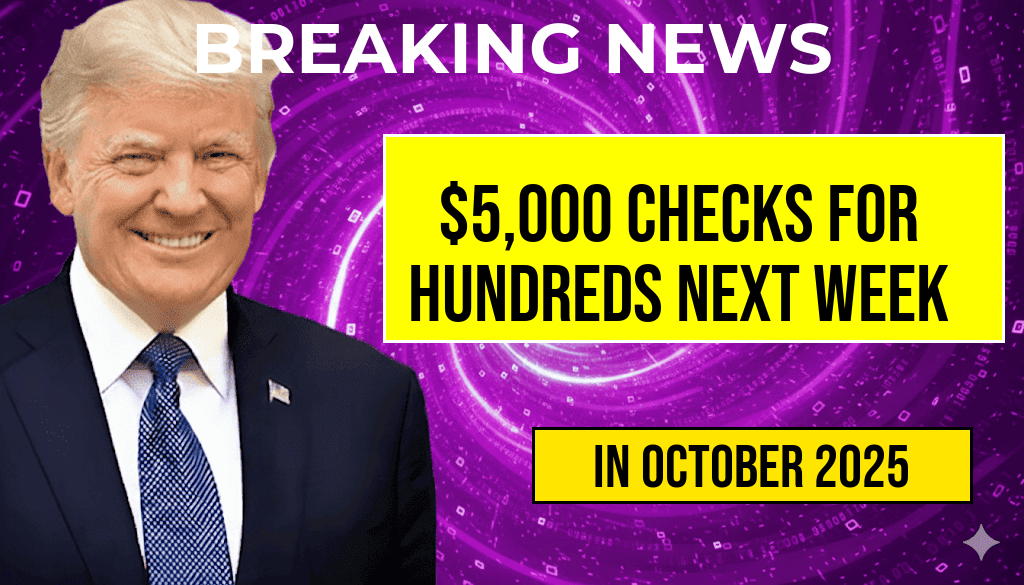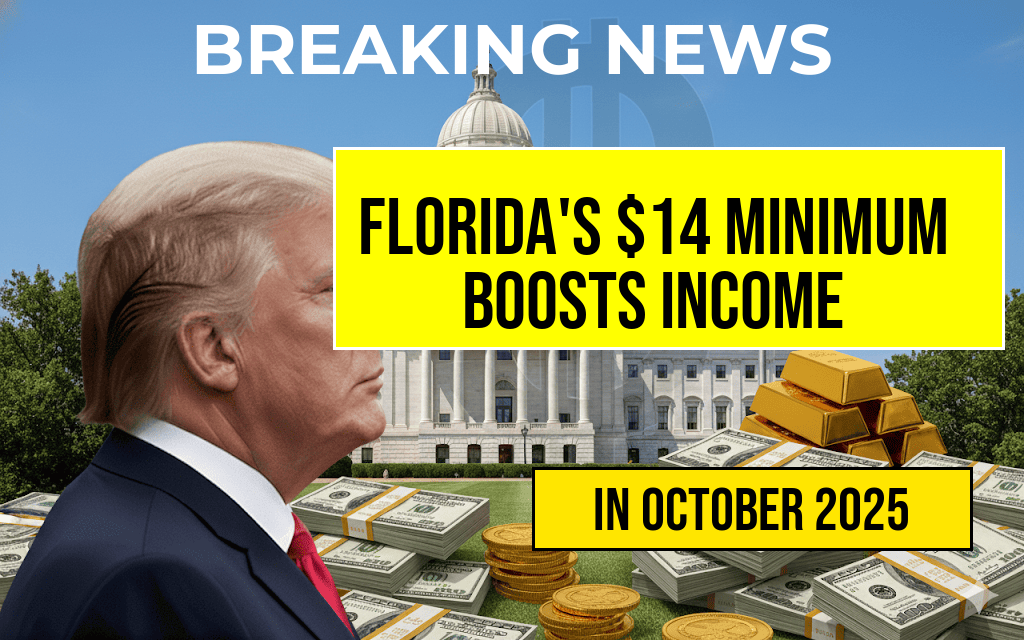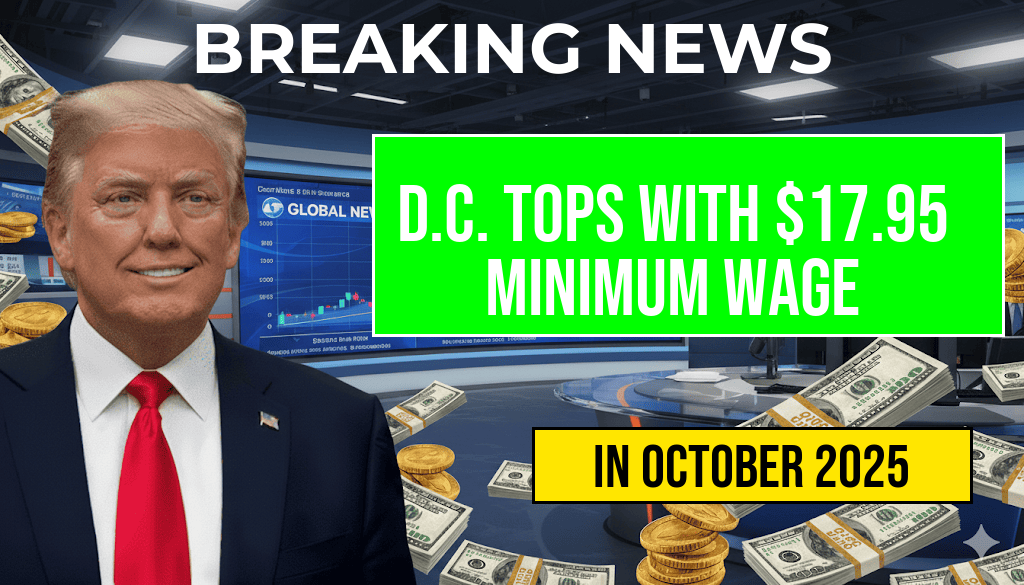The prospect of a $4,000 fourth stimulus check has generated significant interest among Americans seeking financial relief amid ongoing economic uncertainties. While federal stimulus programs officially concluded in 2021, some state and local governments have introduced their own direct payment initiatives. Recently, several regions announced eligibility criteria and deposit schedules for their latest aid packages, sparking discussions about widespread financial support. This article provides a comprehensive overview of the latest developments, outlining who qualifies, how much they can expect to receive, and when the funds will be deposited. As policymakers continue exploring ways to ease economic pressures, understanding the specifics of these stimulus efforts becomes essential for millions across the country.
Overview of the $4,000 Fourth Stimulus Check Initiative
Unlike previous federal stimulus efforts, the $4,000 stimulus check is primarily a state-led initiative aimed at assisting residents facing rising living costs, inflation, or economic hardships. Several states have introduced or expanded direct payment programs, with the most recent plans targeting eligible families and individuals. The amount of $4,000 is a notable increase from earlier payments, reflecting efforts to provide more substantial relief. These programs are designed to cover essentials such as housing, healthcare, and daily expenses, offering a lifeline during turbulent economic times.
Eligibility Criteria and Qualification Requirements
States Offering the $4,000 Payment
- California: The California Earned Income Tax Credit (CalEITC) program now includes a one-time $4,000 payment for qualifying low-income families.
- New York: The Empire State introduced a stimulus plan providing up to $4,000 for eligible residents under specific income brackets.
- Illinois: The Illinois Family Relief Program offers a $4,000 benefit to qualifying families impacted by the pandemic.
General Eligibility Guidelines
- Income Limits: Most programs target households earning below $75,000 annually, with some extending eligibility to higher income levels for specific criteria.
- Residency: Applicants must be residents of the respective state for at least six months prior to application.
- Filing Status: Many programs require recent tax filings or proof of income, emphasizing the need for current documentation.
- Family Composition: Benefits are often scaled based on family size, with additional allowances for dependents.
Application Process and How to Claim
Most states have streamlined online portals for application submissions, with some accepting paper forms or phone applications for those without internet access. Applicants are advised to prepare documentation including recent tax returns, proof of residency, and income statements. It is crucial to verify deadlines and specific eligibility requirements through official state websites to avoid missed opportunities.
Steps to Apply
- Visit the official state government or tax agency website.
- Create an account or log in if already registered.
- Complete the application form with accurate personal and financial information.
- Upload or submit supporting documents as required.
- Confirm submission and await processing.
Expected Deposit Dates and Payment Methods
| State | Application Opens | Payment Date | Payment Method |
|---|---|---|---|
| California | March 1, 2024 | April 15, 2024 | Direct deposit or check by mail |
| New York | February 15, 2024 | May 1, 2024 | Direct deposit or prepaid debit card |
| Illinois | March 10, 2024 | May 10, 2024 | Direct deposit or check |
Factors Influencing the Size and Timing of Payments
The actual amount individuals receive and the timing of deposits depend on several factors, including the completeness of their applications, verification processes, and the state’s processing capacity. Some regions have prioritized early applicants or provided expedited payments for low-income households. Additionally, delays may occur due to high application volumes or technical issues, emphasizing the importance of timely submission and accurate information. It remains advisable for applicants to monitor official communications and available online portals for updates on processing status.
Broader Context and Future Outlook
The push for larger stimulus checks, including amounts like $4,000, underscores ongoing concerns about economic stability and the cost of living. While federal aid programs have largely phased out, state and local governments continue exploring ways to support vulnerable populations. As inflation persists and economic challenges linger, more regions may consider similar direct payments or alternative relief measures. Experts suggest that these initiatives could serve as a blueprint for future federal or state-level interventions, especially if economic conditions worsen. Staying informed through official channels remains vital for those seeking financial assistance in the evolving landscape of pandemic recovery.
For ongoing updates on stimulus programs and other financial relief options, refer to trusted sources such as the Wikipedia page on U.S. tax credits or reputable news outlets like Forbes (forbes.com).
Frequently Asked Questions
What is the amount of the Fourth Stimulus Check?
The **Fourth Stimulus Check** provides eligible recipients with a payment of up to $4,000.
Who is eligible to receive the Fourth Stimulus Check?
Eligibility is typically based on factors such as **income level**, **household size**, and **current benefits recipients**. Specific criteria are announced by authorities, so it’s important to check the official guidelines for detailed eligibility requirements.
When will the Fourth Stimulus Check be deposited?
The **deposit date** for the **Fourth Stimulus Check** has been announced, with payments scheduled to be made starting on [Insert Date]. Exact timing may vary depending on individual circumstances and banking institutions.
How can I find out if I qualify for the Fourth Stimulus Check?
You can determine your qualification status by visiting the official government website or contacting your local **benefits office**. They provide detailed **eligibility criteria** and application instructions.
Will I need to apply separately to receive the Fourth Stimulus Check?
In many cases, eligible individuals will automatically receive the **stimulus payment** based on existing benefit records. However, if you do not automatically qualify, you may need to submit an **application** or update your information through the official channels.






